
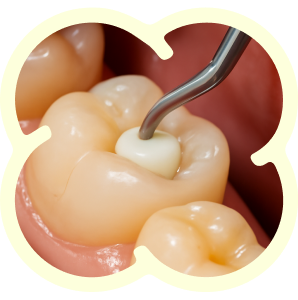 Composite Fillings
Composite Fillings

Avoid sticky, hard candies, and chewing on ice to prevent breaking the filling.

Avoid using front teeth to bite directly into hard food such as apples, carrots, and corn on the cob.
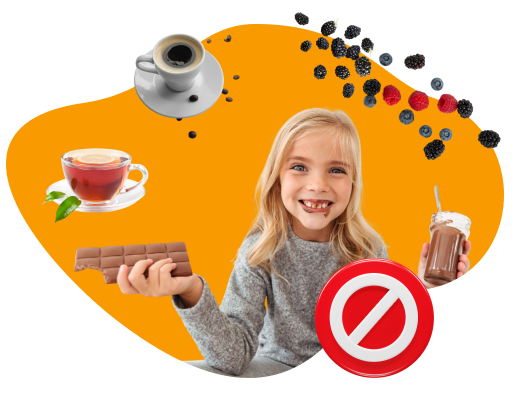
Limit drinking or eating dark-colored beverages and foods, because that may cause staining and discoloration of the resin material.
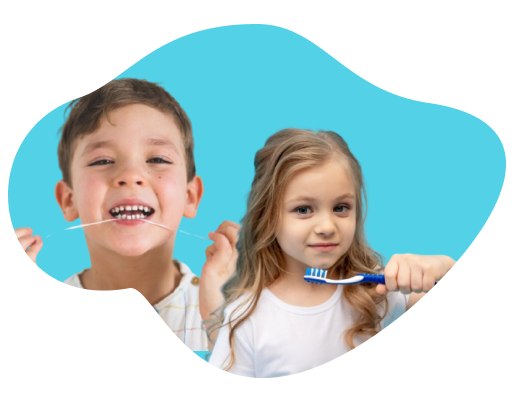
It is important to note that resin fillings are prone to recurrent decay (new decay around the filling margin), so those teeth should be brushed and flossed like a natural tooth.
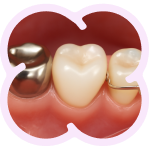 Stainless Steel Crowns / Zirconia Crowns / Space Maintainers
Stainless Steel Crowns / Zirconia Crowns / Space Maintainers
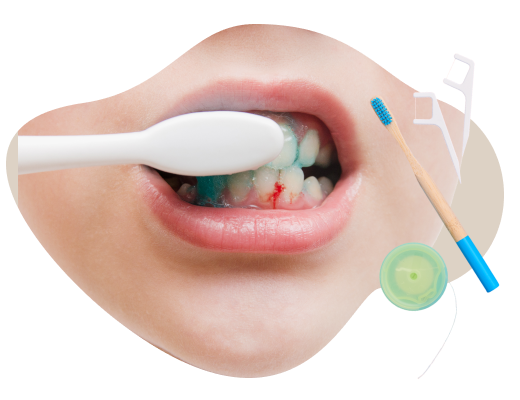
To seat the crown or spacer correctly, work must be done just below the gumline; therefore, expect your child’s gums to be sore for 2 or 3 days. Your youngster’s gum tissue may bleed upon brushing for the next few days. To help with healing, keep the area clean by gently brushing two to three times a day and flossing.
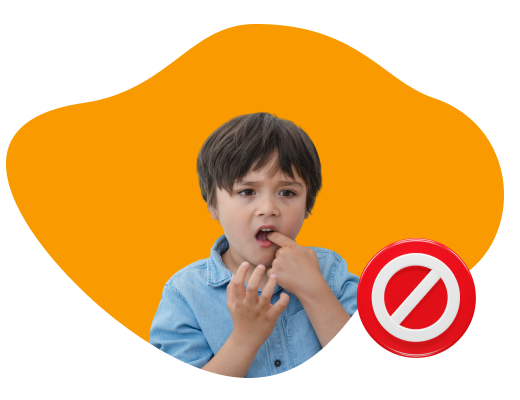
It may take a few days for your son or daughter to adjust to the crown or spacer. Do not let your little one pick or pull at the crown or spacer, since continuous force and pressure could pull it off.
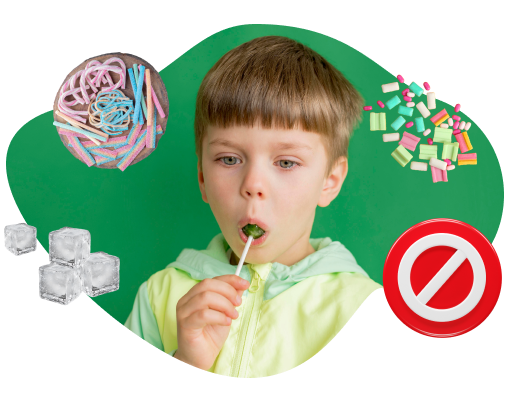
Your child should avoid sticky, hard candies (for example, taffy, suckers, caramels) for the life of the crown or spacer.Although it is cemented onto the tooth structure, sticky foods can cause the crown or spacer to become loose.
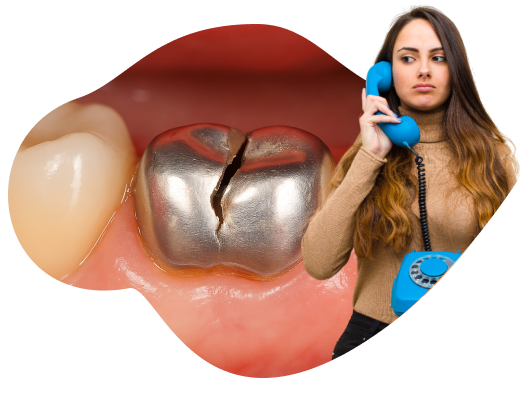
If your son or daughter’s spacer or crown comes loose or breaks, call our office so we can evaluate and decide whether it needs to be reinforced or replaced.
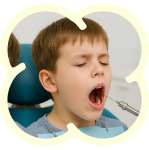 Numbness Post-Operative Instructions
Numbness Post-Operative Instructions

The sensation of being numb after the appointment is typically the most challenging aspect for a child to understand. It may take 1-4 hours for the numbness to wear off.
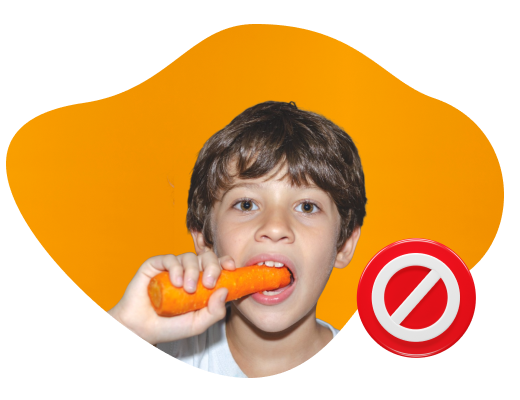
Avoid eating foods that require much chewing (a soft food diet is recommended).
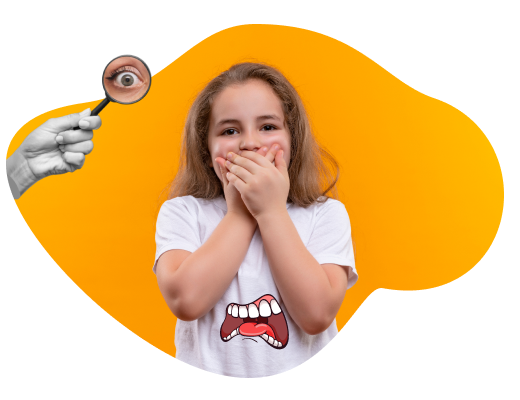
Monitor your child closely so that he/she does not bite their tongue, cheek or lips.
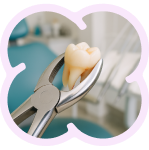 Post-operative Instructions for Extractions
Post-operative Instructions for Extractions
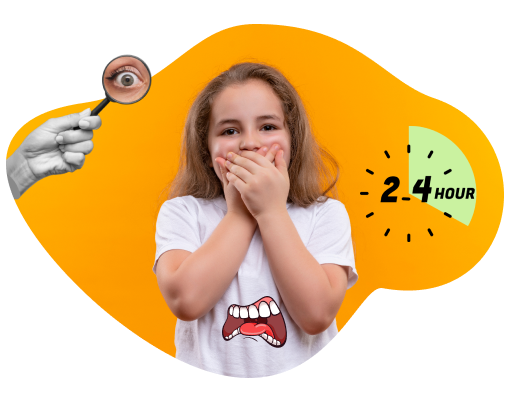
Numbness: The mouth will be numb approximately two to four hours. Watch to see that your child does not bite, scratch, or injure the cheek, lips, or tongue during this time.
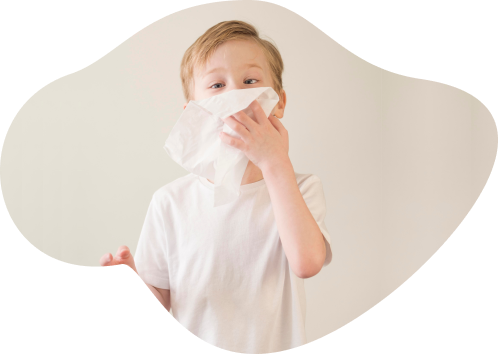
Bleeding: Bleeding is controlled before we discharge your child, but some occasional oozing (pink or blood-tinged saliva) may occur. Hold gauze with firm pressure against the surgical site until oozing has stopped. You may need to change the gauze or repeat this step. If bleeding continues for more than two hours, contact us.
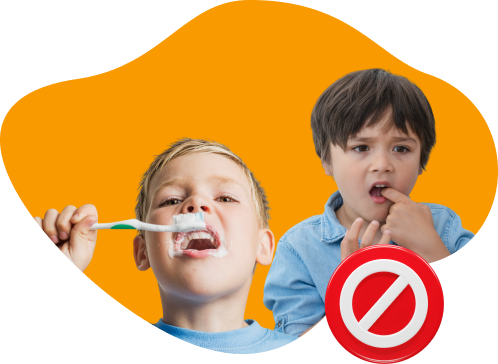
Surgical Site Care: Do not disturb the surgical site. Do not stretch the lips or cheeks to look at the area. Do not rinse vigorously, use mouthwash, or probe the area with fingers or other objects.Beginning tomorrow, you may rinse with warm salt water (½ teaspoon salt with one cup water) after meals.
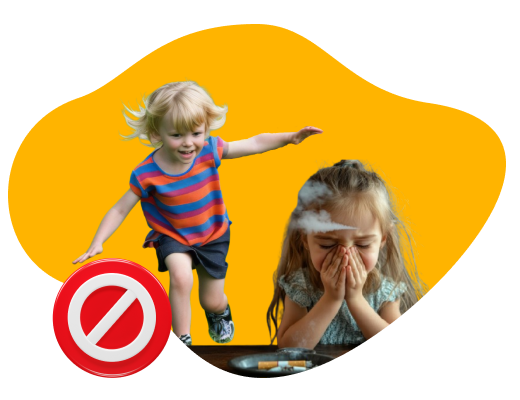
Daily Activities: Today, avoid physical exercise and exertion. Return to normal activities as tolerated. Smoking is never good for one’s health and may delay healing following oral surgery.
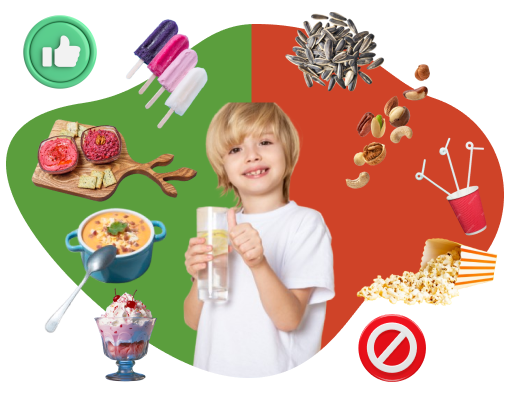
Diet: After all bleeding has stopped, the patient may drink cool non-carbonated liquids but should NOT use a straw. Encourage fluids to help avoid dehydration. Cold soft foods (e.g., ice cream, pudding, yogurt) are ideal the first day. By the second day, consistency of foods may progress as tolerated. Until healing is better established, avoid foods such as nuts, sunflower seeds, and popcorn that may get lodged in the surgical area.
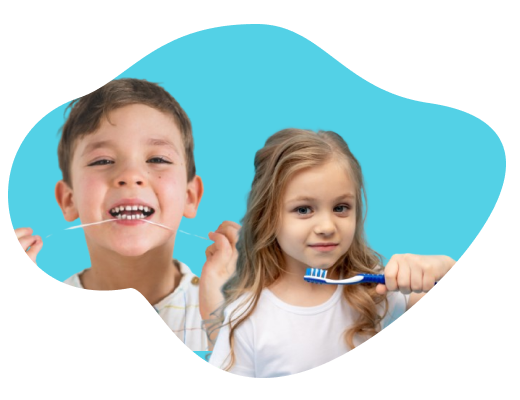
Oral Hygiene: Keeping the mouth clean is essential. Today, teeth may be brushed and flossed gently, but avoid stimulating the surgical site. If pain persists, give your child acetaminophen or ibuprofen before the numbness wears off.
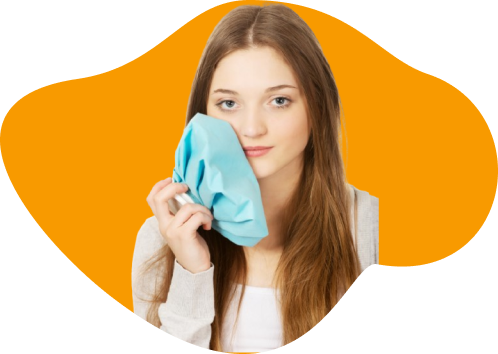
Swelling: Slight swelling and inflammation may occur for the next two days. If swelling occurs, ice packs may be used for the first 24 hours (10 minutes on, then 10 minutes off) to decrease swelling and/or bruising. If swelling persists after 24 hours, warm/moist compresses (10 minutes on, then 10 minutes off) may help. If swelling occurs after 48 hours, call our office.
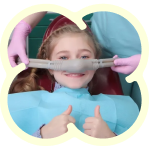 Sedation (Nitrous Oxide)
Sedation (Nitrous Oxide)
After the procedure
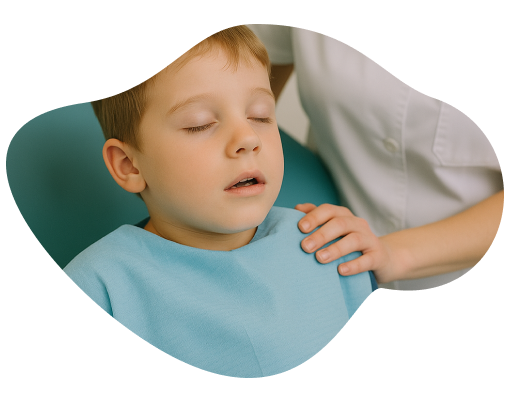
Your child will recover from the effects of the nitrous oxide very quickly once their dental treatment has been completed.They will be observed for a brief period following the sedation.
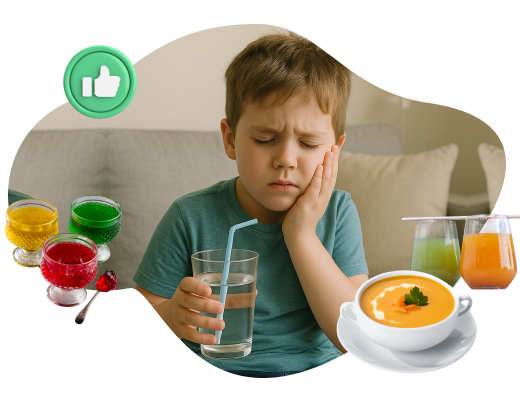
Some children may feel a little sick or nauseated. If they feel sick or vomit, give your child some water to drink. If they refuse water, try clear liquids, such as diluted fruit juice, jelly or clear soup to help keep your child hydrated.

If your child has had a local anesthetic as well, they need to be careful not to bite their lip or cheek while it is numb.
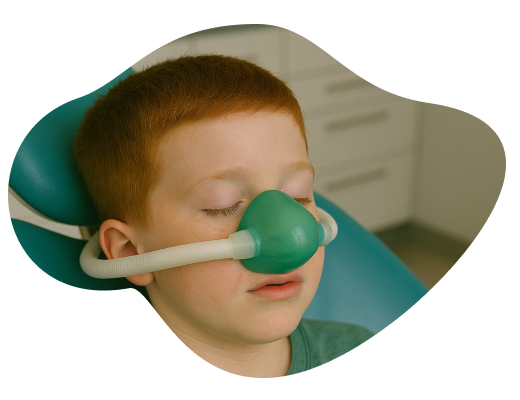
Key points to remember: Nitrous oxide gas helps reduce a child’s pain and anxiety during dental procedures. You need to give consent before your child has sedation. Children usually recover quickly from the effects of nitrous oxide gas sedation.
 Dental Care (Cleaning) Aftercare
Dental Care (Cleaning) Aftercare
Cleaning or brushing your child’s teeth helps remove the bacteria that cause decay.
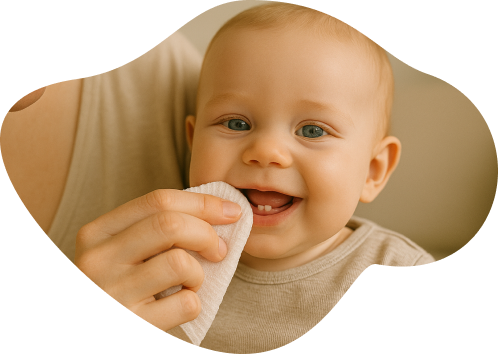
Start to clean your baby’s teeth as soon as the first tooth comes through. Use a wet cloth or a small children’s toothbrush with water.
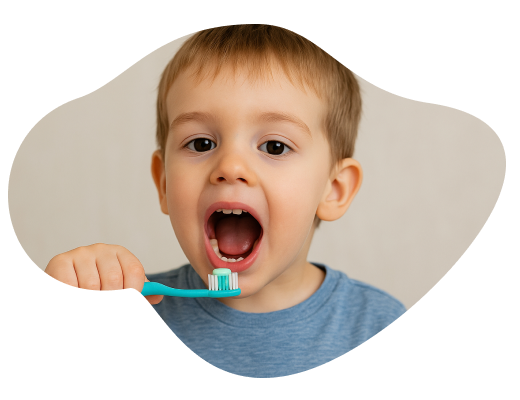
From 18 months to six years of age, use a small pea-sized amount of children’s low-fluoride toothpaste on a small, soft toothbrush.
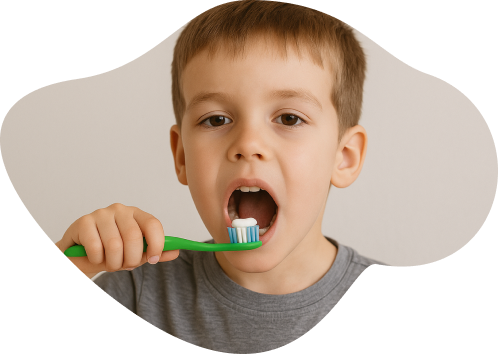
At six years of age, children can use a pea-sized amount of standard fluoride toothpaste.

Flossing helps remove bacteria, plaque, and food from between your teeth, and it reduces the likelihood of tooth decay and gum disease. Along with regular brushing and flossing, make sure you also schedule regular dental cleanings at least twice a year.
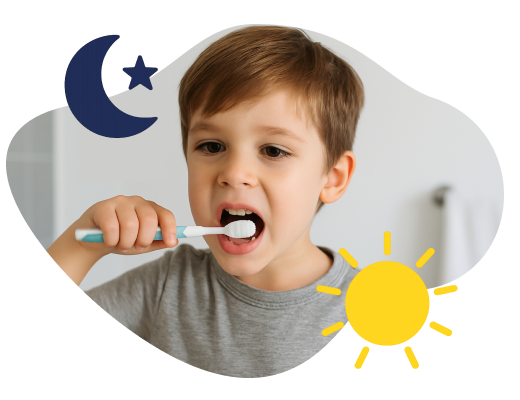
Brush teeth and along the gum line twice a day; in the morning and at night before bed.
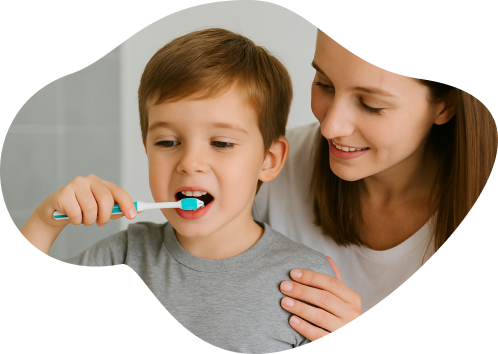
Children will need an adult to help them brush their teeth until they can do it well by themselves (usually about eight years of age).
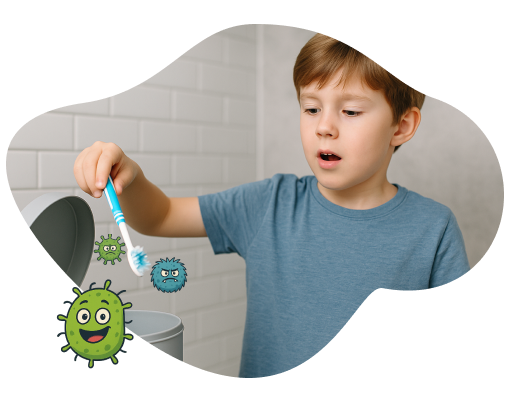
The American Dental Association recommends replacing toothbrushes every three months. It’s around this time that bristles begin to break down and become less effective at cleaning your teeth. Germs are another factor. While we might not like to think about it, germs build up on our toothbrushes over time.
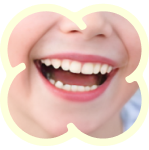 Taking Care of Your Child’s Sealants
Taking Care of Your Child’s Sealants

After having sealants placed, your child’s teeth may feel slick and they may even say that it feels like their teeth do not go together as they did before. This is normal and your child’s bite will naturally adjust to the changes.
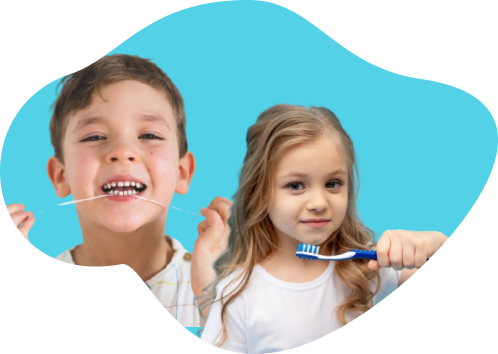
Helping your child take care of his/her sealants is very important. Sealants only cover the chewing surfaces of the teeth. The areas between and along the sides of teeth cannot be covered with the sealant material, so good oral hygiene and nutrition are still important.
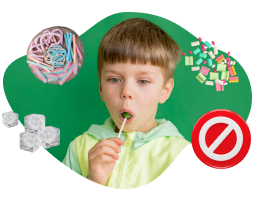
To protect your child’s sealants, your child should refrain from crunching ice as this can fracture the sealant. Your child should also avoid eating sticky/tacky candies such as chewing gum, caramels, fruit snacks, Starburst, gummy vitamins, etc. These candies may pull the sealant out of the tooth.
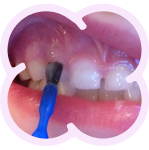 Fluoride Varnishing Aftercare
Fluoride Varnishing Aftercare
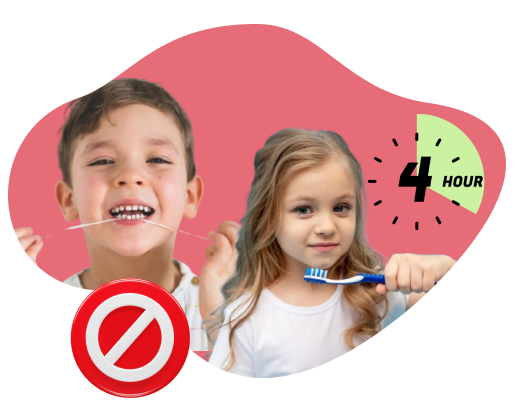
“Do not brush or floss for at least 4-6 hours, and if possible, wait until tomorrow to resume brushing and flossing.
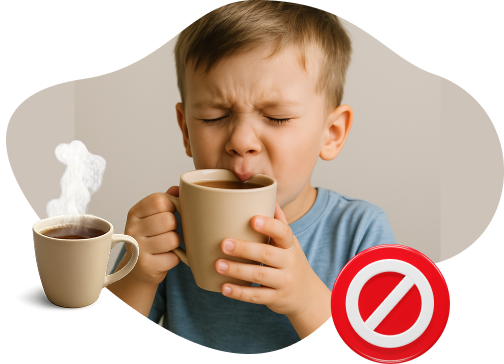
Avoid hot drinks today
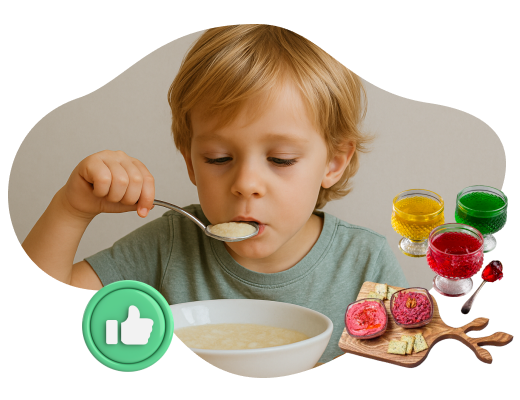
Enjoy a soft diet for the rest of the day (no sticky or hard foods)
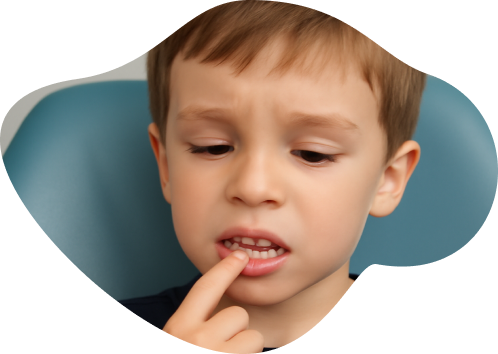
It is not uncommon for children to report they feel the varnish on their teeth. The varnish will be eliminated over the next few days, once brushing and flossing have been resumed. Any discoloration will disappear in 24-48 hours after the varnish application.
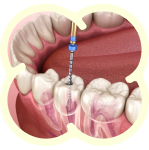 Pulp Therapy (Root Canal Treatment) Aftercare
Pulp Therapy (Root Canal Treatment) Aftercare

Your child should be able to resume routine activities as soon as possible.

Monitor your child closely so that he/she does not bite their tongue, cheek or lips until the anesthesia effect wears off.
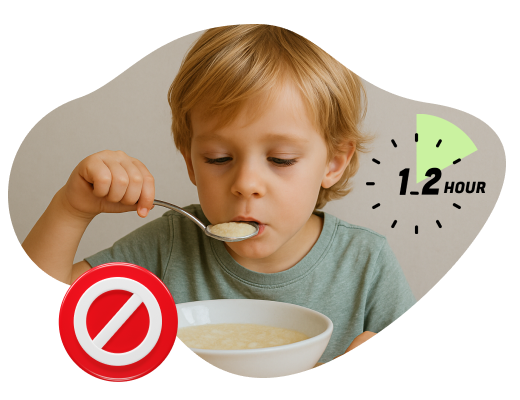
Avoid eating until the numbness from the general anesthesia wears off. Typically, this takes about ONE to TWO hours.
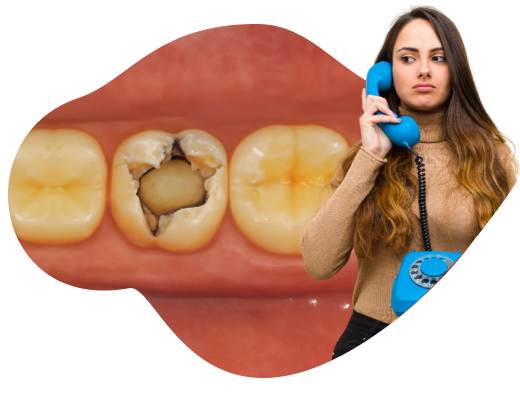
A temporary dental filling is placed to protect your treated tooth between appointments. It’s common for a small portion of your temporary filling to wear away or break off. If the entire filling falls out, please call our pediatric dentist so it can be replaced
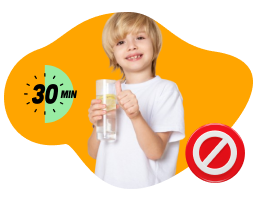
Avoid eating, drinking water, gargling or rinsing for 30 minutes so as to not hamper the setting of the cement/Filling placed over the tooth.

Avoid chewing food on the side of your mouth where the surgery was performed.

Child should preferably have only soft diet like rice, kichidi, upma, idli, curd rice, soft roti/phulka or mashed vegetables for first 24-48 hours after the dental procedure. Avoid hard and hot food for 2-3 days.
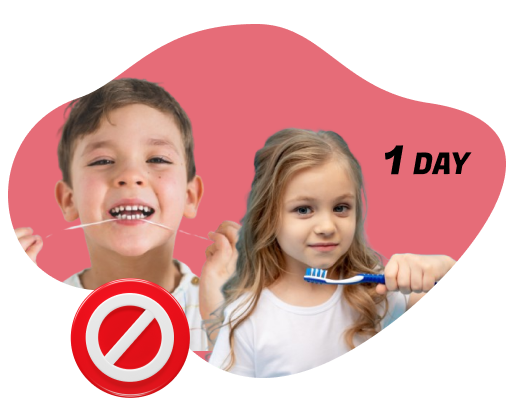
Avoid brushing the teeth on that area for that night post treatment. Continue brushing and flossing as normal from the next day.
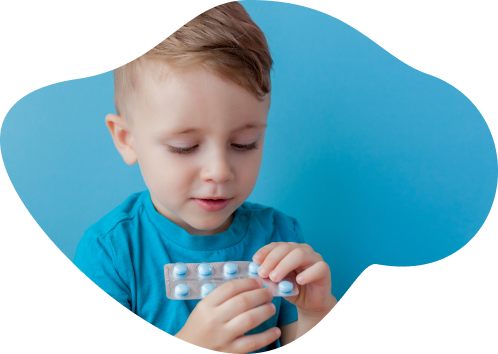
Make sure the child takes the prescribed medicines post treatment
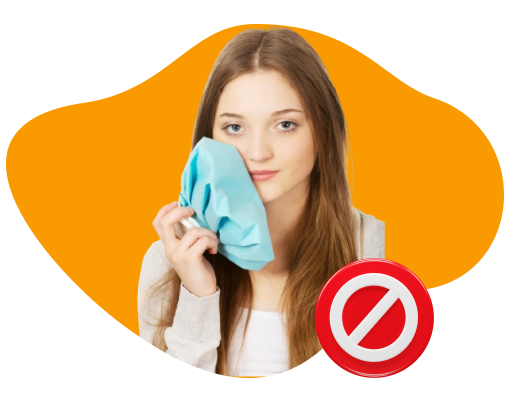
NO HOT FERMENTATION/PACK over the area of treatment.
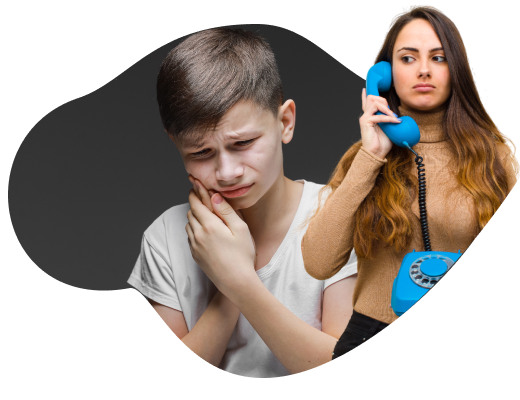
Call us immediately if the child has any of these symptoms:
– Increasing pain or pain that lasts more
– than a few days.
– Swelling.
– Increasing sensitivity to heat and cold.
– Inability to chew on the tooth.
– Allergic reaction to medication.
 Space Maintainers and Fixed Appliances Aftercare
Space Maintainers and Fixed Appliances Aftercare
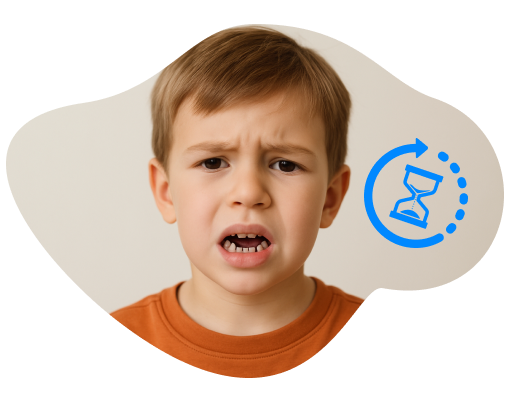
Children readily adapt to space maintainers; however, there is a period of adjustment needed. Swallowing, eating, and speaking may be difficult and the tongue could be irritated until your child adjusts.
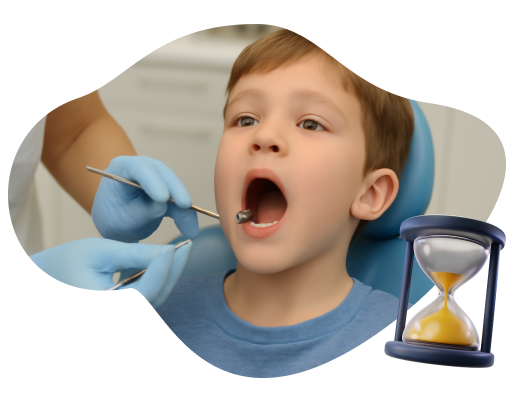
Routine check-ups are necessary to observe the eruption of the permanent teeth, growth of the jaws, and health of the teeth. The space maintainer may need adjustments as permanent teeth erupt. In some instances, space maintainers have to be reconstructed or a different appliance made due to the timing, sequence, and position of the erupting dentition.
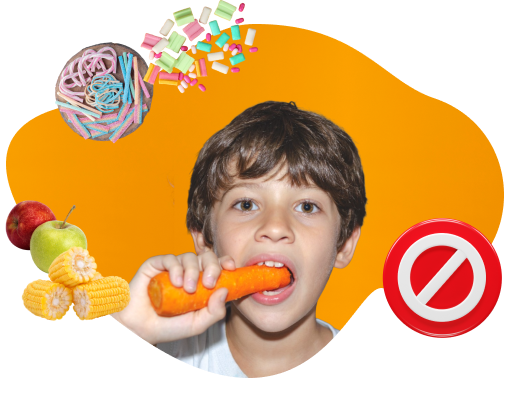
To prevent cavities from forming around the teeth, extreme care should be taken to ensure that the teeth are brushed and flossed daily. To prevent the loss or damage of your child’s space maintainer, please make sure your child avoids the following: Chewing gum. Sticky candy such as Jolly Ranchers, gummies, and caramel. Biting down on anything hard such as whole apples, carrots, (especially if given a Lower Lingual Holding appliance) hard candy, and ice. Tugging or pushing on the space maintainer with fingers, tongue, or other objects such as a pen or pencil.
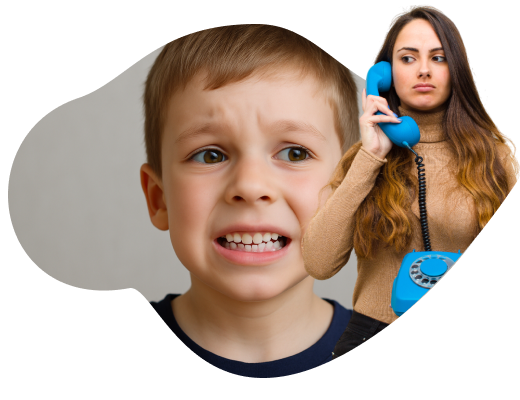
If the space maintainer becomes loose or breaks, please contact the clinic for an appointment as soon as possible.
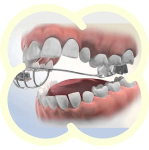 Habit Breaker Aftercare
Habit Breaker Aftercare

The child must clean the appliance using a toothbrush following each meal. If the device is equipped with a button made from acrylic, it must be flossed or washed using lukewarm salty water.

A child cannot be allowed to use the device and should stay away from eating sticky or hard candy.
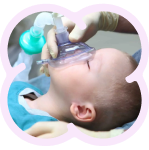 General anesthesia
General anesthesia
There are several reasons why adults are unable to receive proper dental care. Some patients have extreme dental anxiety and they tend to put off their dental appointments, while others have disabilities or special needs that require more than a regular dental setup. Our dentists may suggest doing treatment under general anesthesia or GA if all other techniques or sedation options are ineffective. With GA, you will be completely asleep, your muscles will be relaxed, and you will be able to go through the entire procedure without pain or discomfort.
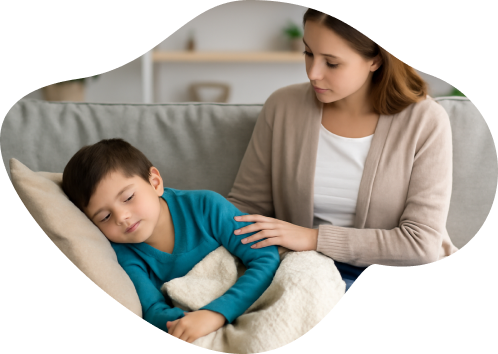
DO NOT plan activities for the child after treatment. Your child will likely want to rest upon returning home. Do not send your child to school or plan for activities. Please monitor your child throughout the day following surgery.

Recovery: Getting home after the appointment: We prefer that 2 adults accompany the child home in case the child needs assistance during the transport.
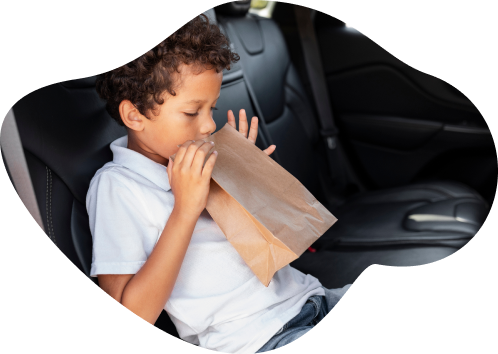
We also recommend a plastic bag for the ride home in the case of any nausea or vomiting following surgery.

Drinking and eating after getting home: It assists your child in a speedy recovery, it is important for your child to be well-hydrated after treatment. The first drink should be plain water then clear sweet drinks can be given. Things like clear juices. Warm soft food may be taken when desired and in small portions such as Jell-o, pudding, soup, mashed potatoes, or ice cream. Do not encourage eating too soon because your child’s stomach may be upset.

If your child sleeps for a few hours wake him or her to give him/her liquids. Nausea and vomiting are not uncommon after surgery. If vomiting persists, contact the dentist or anesthesiologist.
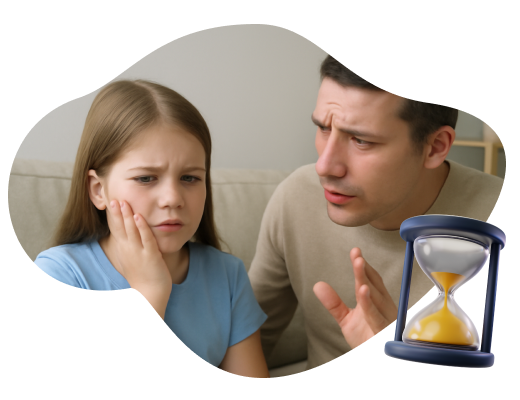
Numbness of the mouth; Persistent Cough: Your child’s cheeks, lips, and tongue may be numb after treatment. Please watch your child carefully for several hours to make sure she/he does not bite the cheeks, lips, or tongue. The anesthetic gas used is very dry and sometimes irritating. This may cause hoarseness or a croupy cough. Either of these conditions should pass within the first day.
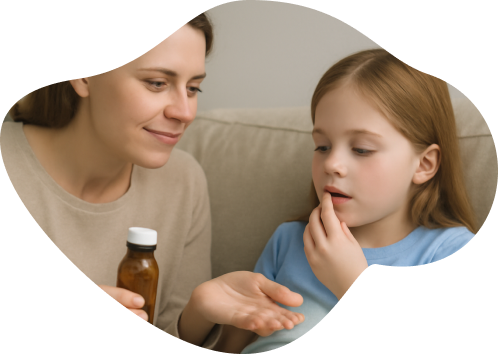
Pain Management afterward: Children’s Acetaminophen or Ibuprofen every 6-8 hours will help alleviate discomfort and sore gums. Occasional post-operative fever may be managed with Acetaminophen also.

Pre and Post Operative Instructions Dental Care after treatment: If your child received any stainless steel crowns his/her gums will be especially sore because they fit below the gums. These crowns will fall out with the baby tooth when the permanent/adult tooth comes in. We recommend avoiding sticky foods until the crown has come out. If your child has had crowns or space maintainers placed, please do not allow toffee, gum, or ice chewing to prevent displacing or distorting them.
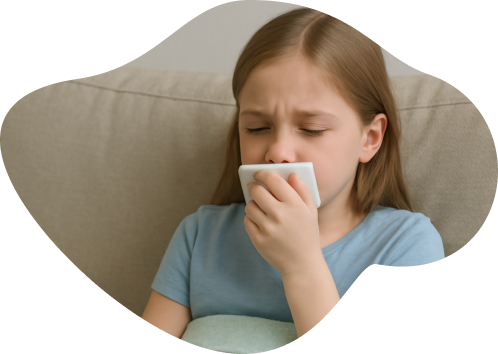
If your child had teeth removed, it is important to avoid spitting or using a straw for at least 24 hours. Any bleeding can be controlled by biting (not chewing) firmly on gauze pads placed over the surgery site for at least twenty minutes. Your doctor may recommend an appointment for a postoperative visit within one/two weeks.
 Myobrace Aftercare
Myobrace Aftercare
As for the 5 rules of wearing the Myobrace, those are:
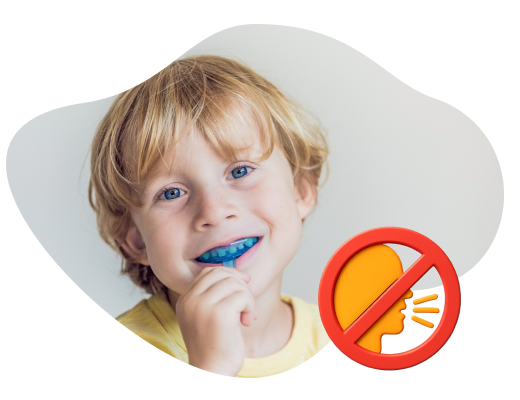
No talking while they have the Myobrace in their mouth.
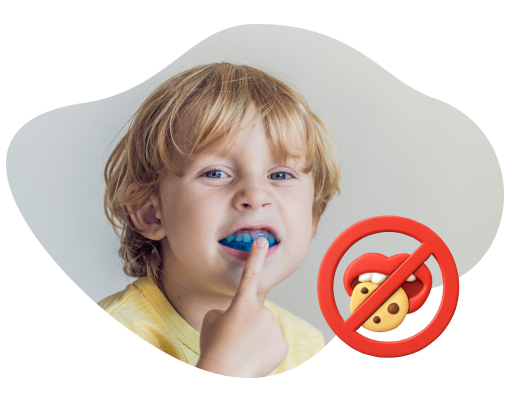
No chewing on the appliance.

Lips closed.

Tongue on the tag.

Breathing exclusively from their nose
Let’s take care of your child’s smile
book their visit today.
Appointments available in Jumeirah & Mirdif clinics
📌 Dubai London Clinic – Nakheel Mall
Al Hilali Nakheel Mall Lower Ground Level I B-1001a, 02, 03a Palm – Jumeirah – Dubai
Al Barajeel Oasis Complex – 4001 47th St -Mirdif – Dubai